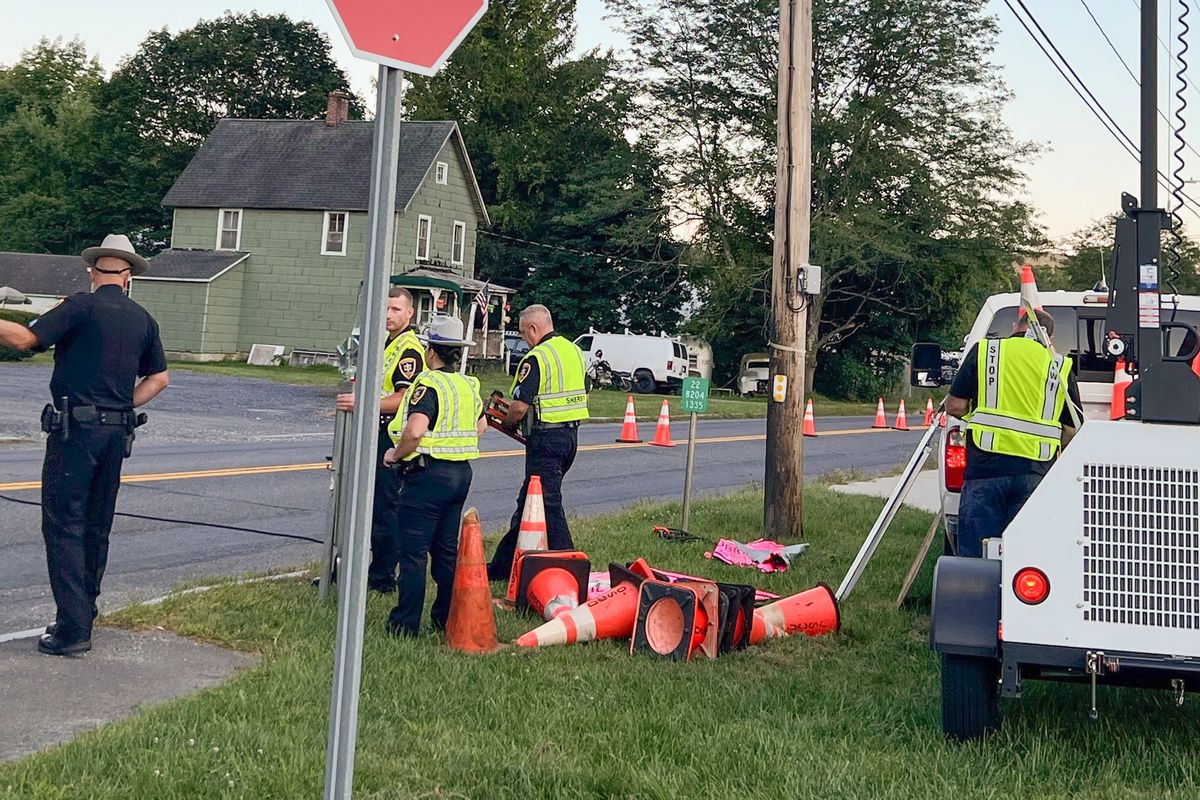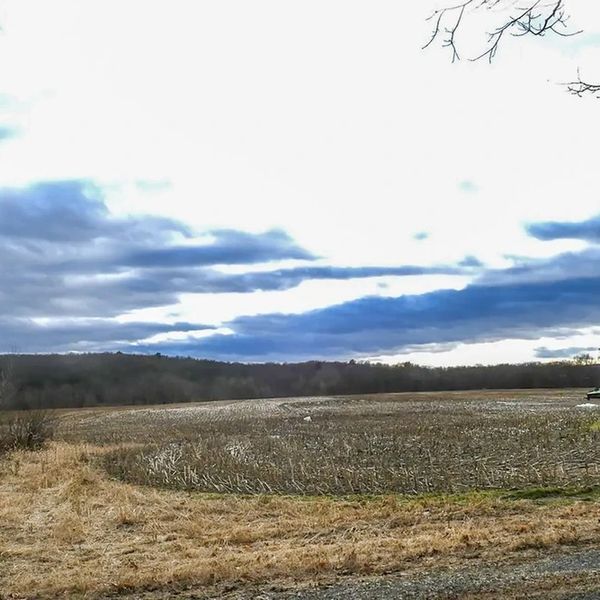Possibilities abound for solving the housing crisis

Left to right: architect Karen Jacobson; Christa Hines, head of Hudson River Housing; and Sam Busselle, co-chair of the North East/Millerton Working Group of the Tri-Town Affordable Housing Coalition at the Saturday, Feb. 18, opening of the Coalition’s Housing Expo 23 exhibit at the NorthEast-Millerton Library Annex.
Photo by Deborah Maier













